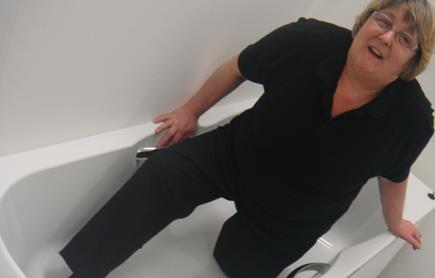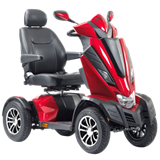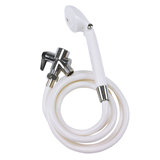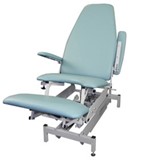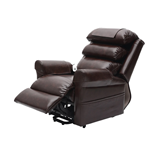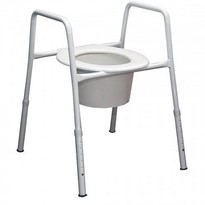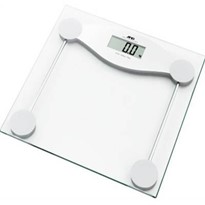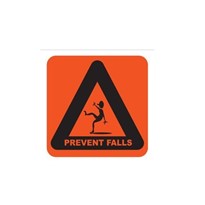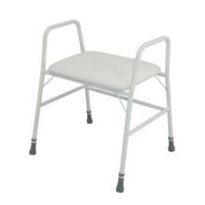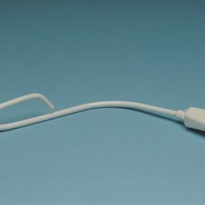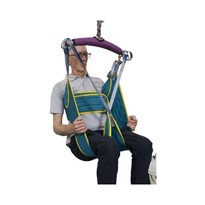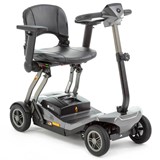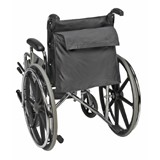How can the risk be minimised?
The good news is that there are a number of things you can do to help prevent bathroom falls and minimise your injuries if you do fall. Knowing your risk factors and taking a few precautions is a good start.
Here are some starting points:
- If you've had a fall, or you often feel like you're at risk of falling, don't just dismiss it as part of getting older.
- NEVER walk into the bathroom in socks
- Make sure there is adequate lighting, especially at night
- Install grab rails in the bathroom. Using grab bars as towel rails is also recommended. If you grab a towel rail when falling, there is a high risk of it coming off the wall, or of your wrist breaking because towel rails can be too close to the wall and will not allow your wrist to pivot as you fall.
Follow these tips when bathing:
- NEVER EVER use a lay-in type bath, the risk of falling while getting in and out of the bath is very high. Combined with the risk of getting "stuck" in the bath i.e. not able to rise out of the bath, make this an unacceptably high risk.
- If you bathe without a carer, be cautious of using a chair in the shower if you experience any giddiness, or similar, from the steamy environment.
- If using a walk-in type bath, ensure it is the right size for you. A smaller person in a larger bath can slide into the foot-well part of the bath and be unable to rise. The correct size creates a safe environment for the user.


